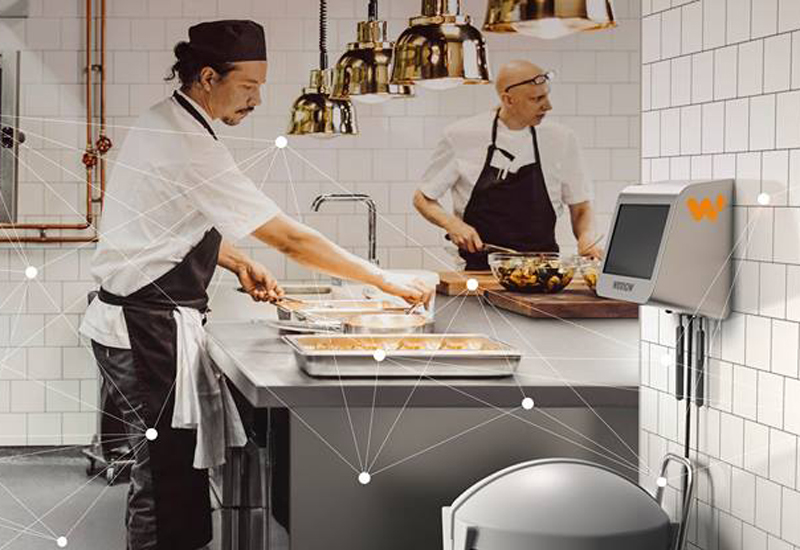The world of voice recognition is rapidly evolving, with new advancements and applications emerging almost daily. As we look ahead, it’s fascinating to explore the future trends in voice recognition and how they will shape our interaction with technology. From smart devices to AI-driven applications, the possibilities are endless. This article will delve into the various trends and technologies that are set to redefine voice recognition in the coming years.

1. Evolution of Voice Recognition Technology
Voice recognition technology has come a long way since its inception. Initially, it was limited to basic command recognition, but today, it has evolved into an integral part of many devices and applications. The future holds even more promise as developers strive to make this technology more accurate, intuitive, and user-friendly.
2. Integration with AI and Machine Learning
The integration of artificial intelligence (AI) and machine learning with voice recognition is one of the most exciting trends. AI enhances the ability of voice recognition systems to learn and adapt to user preferences, making interactions more personalized and efficient. This integration is paving the way for smarter and more responsive devices.
2.1 Personalization and User Experience
With AI, voice recognition systems can analyze user data and preferences to provide a more personalized experience. This means that devices will not only recognize your voice but also anticipate your needs and preferences, enhancing the overall user experience.
2.2 Improved Accuracy and Contextual Understanding
AI and machine learning algorithms are improving the accuracy of voice recognition systems. They are now capable of understanding context and nuances in speech, allowing for more natural and seamless interactions.
3. Voice Recognition in Smart Homes
Smart homes are becoming increasingly popular, and voice recognition plays a crucial role in their functionality. From controlling lighting and temperature to managing security systems, voice recognition is making smart homes more convenient and accessible.
3.1 Enhanced Security Features
Voice recognition technology is being used to enhance security in smart homes. By recognizing specific voice patterns, these systems can ensure that only authorized individuals have access to certain features and areas.
3.2 Energy Efficiency and Cost Savings
By integrating voice recognition into smart home systems, users can efficiently manage energy consumption, leading to significant cost savings. Voice commands can be used to turn off lights, adjust thermostats, and control other energy-consuming devices.
4. Voice Recognition in Healthcare
The healthcare industry is also benefiting from advancements in voice recognition technology. From assisting doctors in diagnosing conditions to providing patients with a hands-free way to manage their care, the applications are diverse and impactful.
4.1 Streamlining Administrative Tasks
Voice recognition can streamline administrative tasks in healthcare settings by allowing professionals to dictate notes and fill out forms more efficiently. This reduces the time spent on paperwork and allows for more focus on patient care.
4.2 Improving Patient Interaction
Patients can use voice recognition to interact with healthcare services, such as scheduling appointments, receiving medication reminders, and accessing medical information, all without the need for manual input.
5. Voice Recognition in Retail
Retailers are leveraging voice recognition to enhance the shopping experience. From voice shopping to personalized recommendations, the possibilities are transforming how consumers interact with brands.
5.1 Voice-Activated Shopping Assistants
Consumers can now use voice-activated assistants to shop online, providing a hands-free and convenient way to browse and purchase products.
5.2 Personalized Marketing Strategies
Retailers can use data from voice interactions to create personalized marketing strategies, offering products and promotions that align with individual preferences.
6. Challenges and Future Directions
While there are many exciting developments in voice recognition, there are also challenges to address. Privacy concerns, language barriers, and the need for more natural interaction are areas that require ongoing attention and innovation.
6.1 Addressing Privacy Concerns
As voice recognition technology collects and processes personal data, ensuring privacy and security is paramount. Developers are working on solutions to protect user data and build trust.
6.2 Overcoming Language Barriers
Expanding the capabilities of voice recognition to support multiple languages and dialects is crucial for widespread adoption. This will require sophisticated algorithms and extensive language databases.
7. Conclusion
The future trends in voice recognition are incredibly promising, with potential applications across various industries. As technology continues to evolve, we can expect voice recognition to become an even more integral part of our daily lives. By addressing challenges and leveraging advancements in AI and machine learning, the future of voice recognition is bright and full of possibilities.

Frequently Asked Questions (FAQ)
What is the future of voice recognition technology?
The future of voice recognition technology is bright, with advancements in AI and machine learning driving improvements in accuracy, personalization, and user experience. We can expect to see more integration across various industries, making voice recognition a key component of daily interactions.
How will voice recognition impact smart homes?
Voice recognition will enhance the functionality and convenience of smart homes. It will enable seamless control of devices, improve security features, and contribute to energy efficiency and cost savings.
What are the challenges facing voice recognition technology?
Some challenges facing voice recognition technology include privacy concerns, language barriers, and the need for more natural interaction. Developers are actively working to address these issues to ensure the technology’s continued success and adoption.
This article contains affiliate links. We may earn a commission at no extra cost to you.





